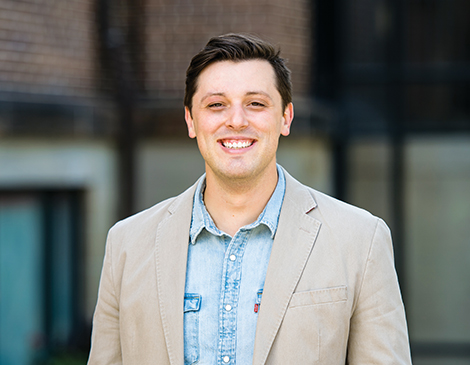In these fragmented times, we need something to bring us together.
Cultural moments and figures used to unify us. The end of World War II brought ecstatic relief, and the moon landing, watched by an estimated 600 million people, inspired a generation with a sense of wonder. Photos of John F. Kennedy hung on the walls of our grandparents’ kitchens. Everyone knows where they were when the Beatles came to America or the first time they heard Nirvana’s “Smells Like Teen Spirit.” My dad remembers 1980’s Miracle on Ice being broadcast over the loudspeaker at a high school wrestling tournament he attended, and New Yorkers stood in Times Square to watch the finale of Seinfeld together.
Even as recently as 2015, the world came together in spirited debate to decide if a viral photo depicted a white and gold dress or black and blue one.
In fact, in his new book Traffic, author Ben Smith, the editor of BuzzFeed when the site first published the viral dress, predicts that this silly, global cultural moment will be the last of its kind.
A singular culture has disintegrated. Instead of a few nightly news broadcasts, we have 3.2 million podcasts, as of February 2024. Remember when there was a song of the summer? Today, our Spotify playlists jump from classic rock to trap music to lo-fi instrumentals. When we settle in for a night of streaming TV, some of us are watching the latest critically acclaimed movie, while others are binging reruns of The Sopranos. On one hand, it has created opportunity for more voices, but it has also created less common ground.
This lack of a cultural common ground is why an event like a Total Solar Eclipse is so special.
Admittedly, I didn’t really get it at first. I stood on the roof of Downtown’s Statler apartments in August 2017 with my glasses and a pinhole projector during the partial solar eclipse. Underwhelming is an understatement.
But then, I heard stories of those who have seen a Total Solar Eclipse. Tiffany Myroniak, a longtime member of the Cleveland Magazine sales force, described being moved to tears when experiencing totality in St. Louis in 2017. Many of the scientists we spoke to for this month’s cover package, “Once in a Lifetime” on page 52, were inspired to pursue their professions after experiencing eclipses as children.
“It’s kind of full circle to be in the place where you hold that passion for astronomy, and you get the chance to see this kind of coincidence we won’t get to see for hundreds of years from now,” Destiny Thomas of the Cleveland Museum of Natural History told us. “Once it starts, I’m just going to pause, and be present, just enjoy those almost four minutes, make them as long as possible.”
I don’t see a time in our near future where a politician or an artist or a TikTok video brings us together. It might be foolish to think that a Total Solar Eclipse can do it either. But on April 8, as we look to the sky surrounded by fellow Clevelanders and loved ones, maybe a phenomenon can give us that feeling of togetherness that we so lack.
At least for four minutes.
For more updates about Cleveland, sign up for our Cleveland Magazine Daily newsletter, delivered to your inbox six times a week.
Cleveland Magazine is also available in print, publishing 12 times a year with immersive features, helpful guides and beautiful photography and design.




